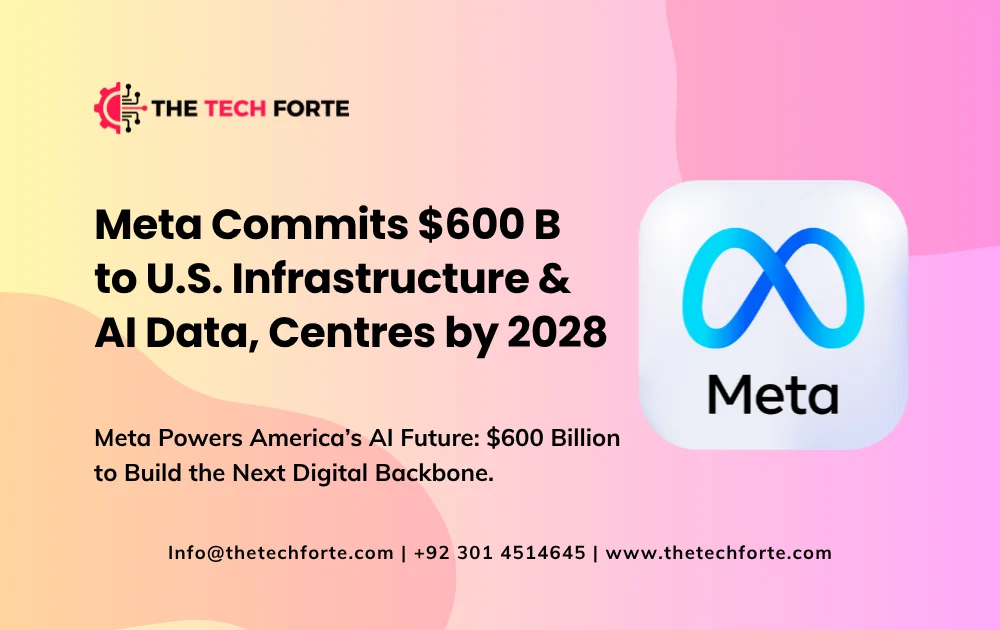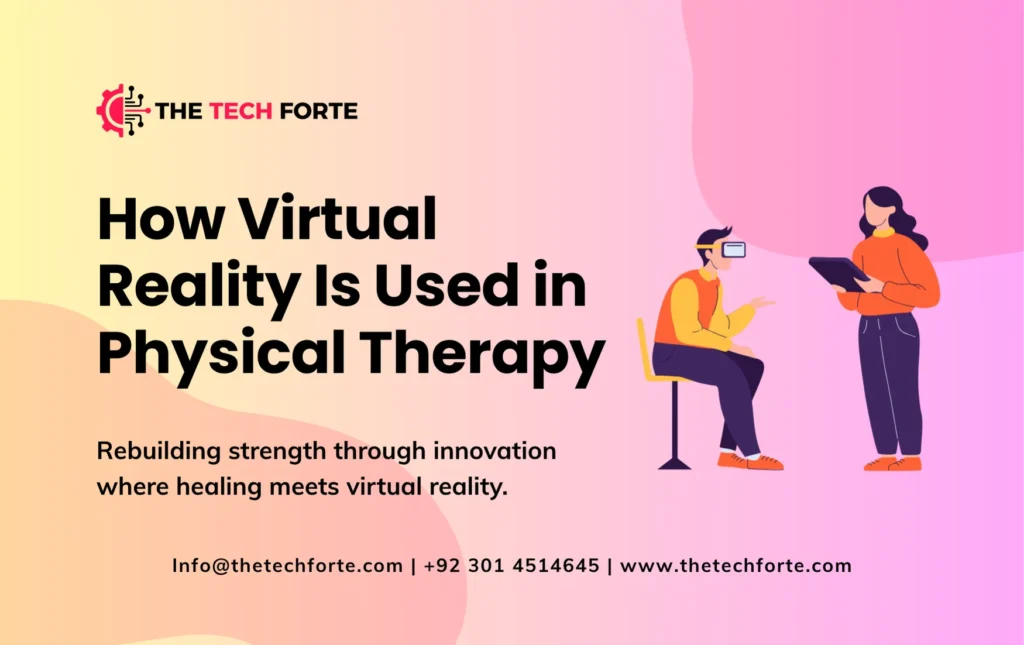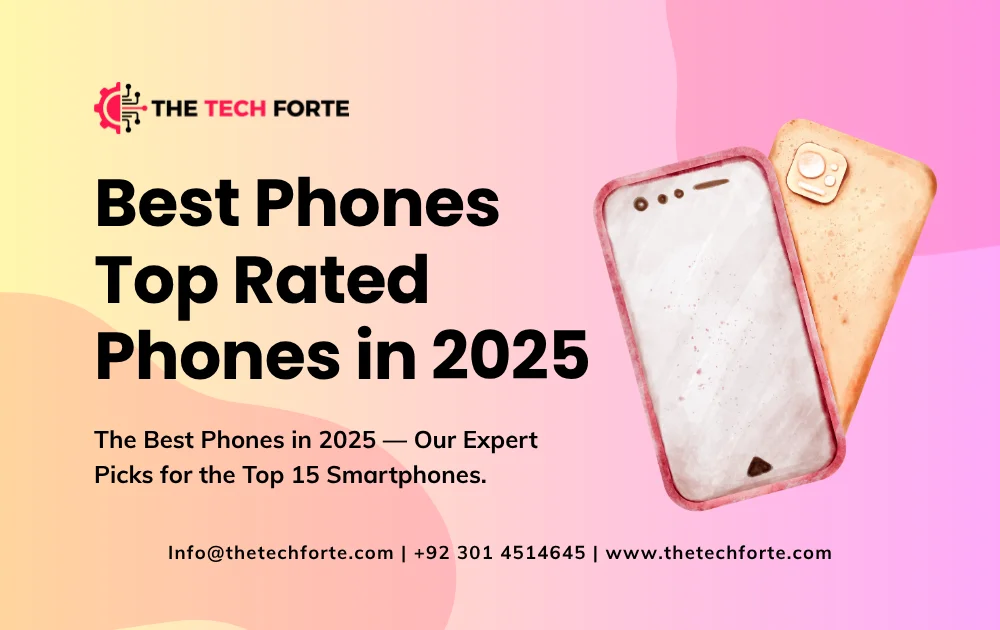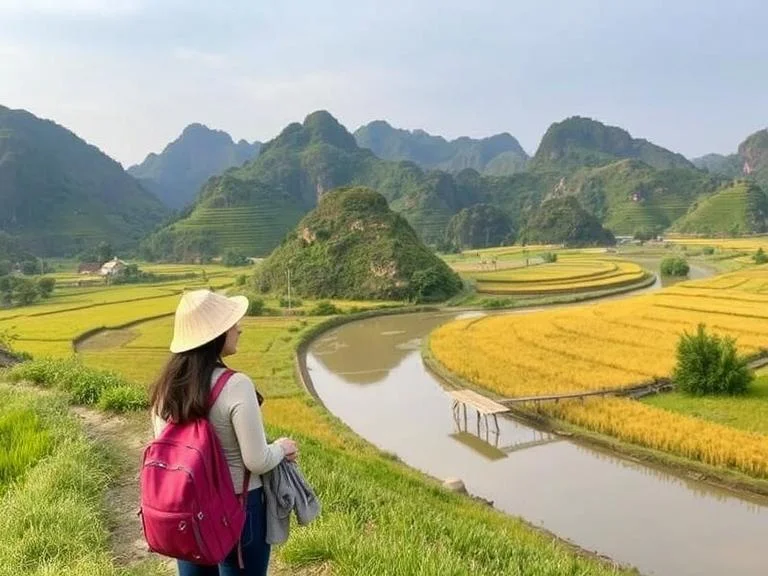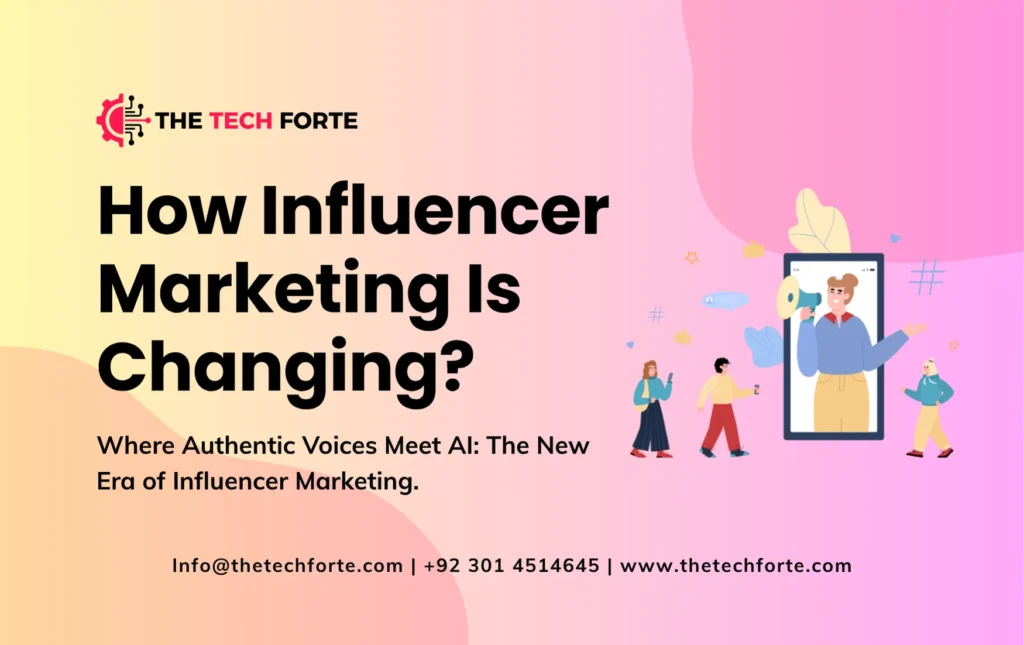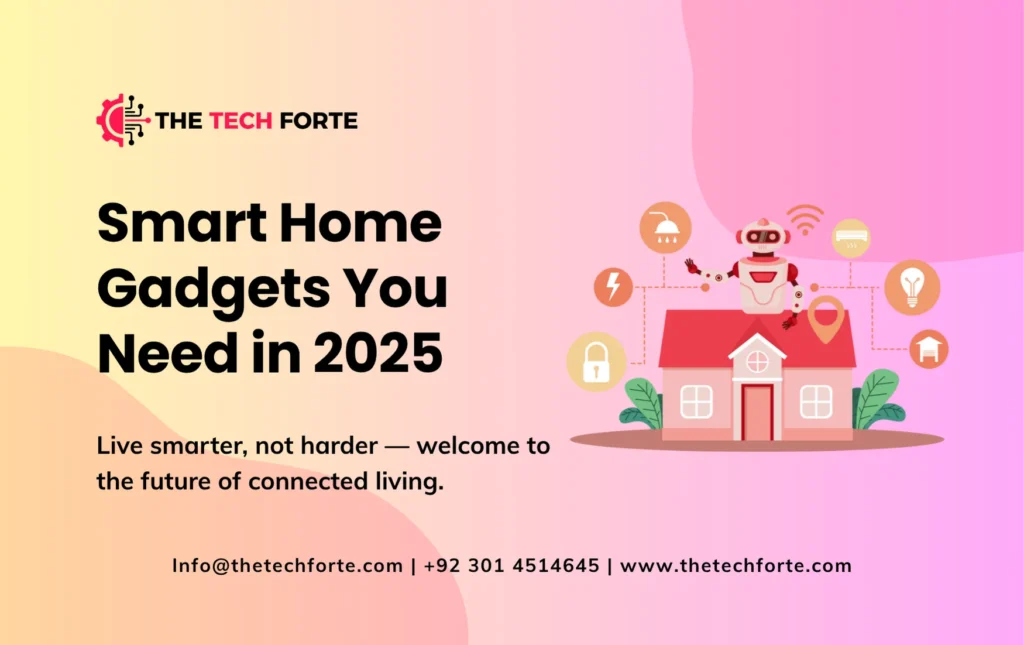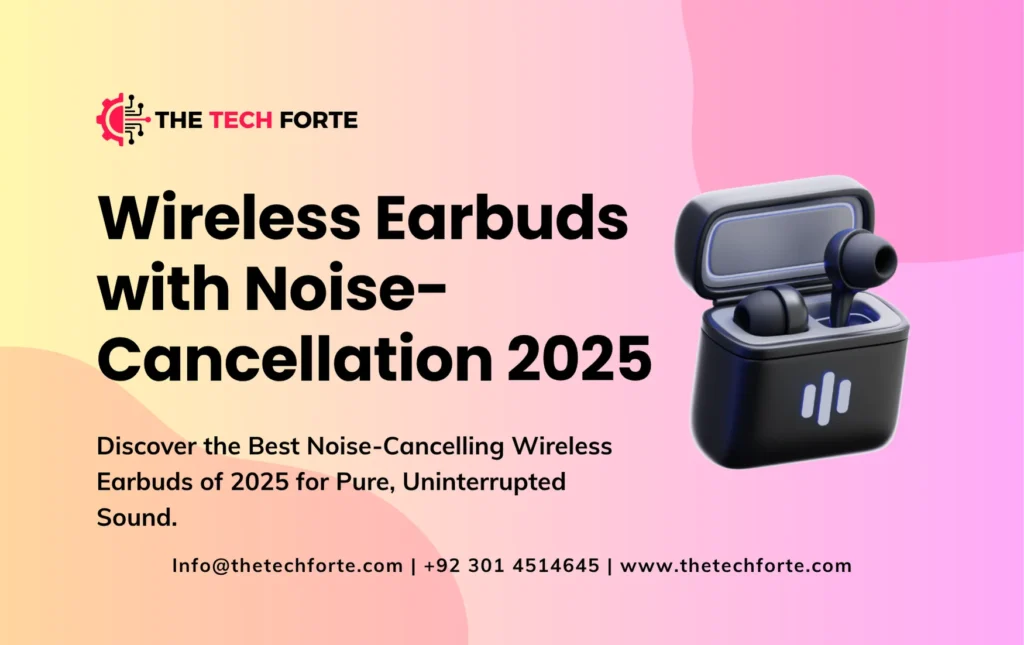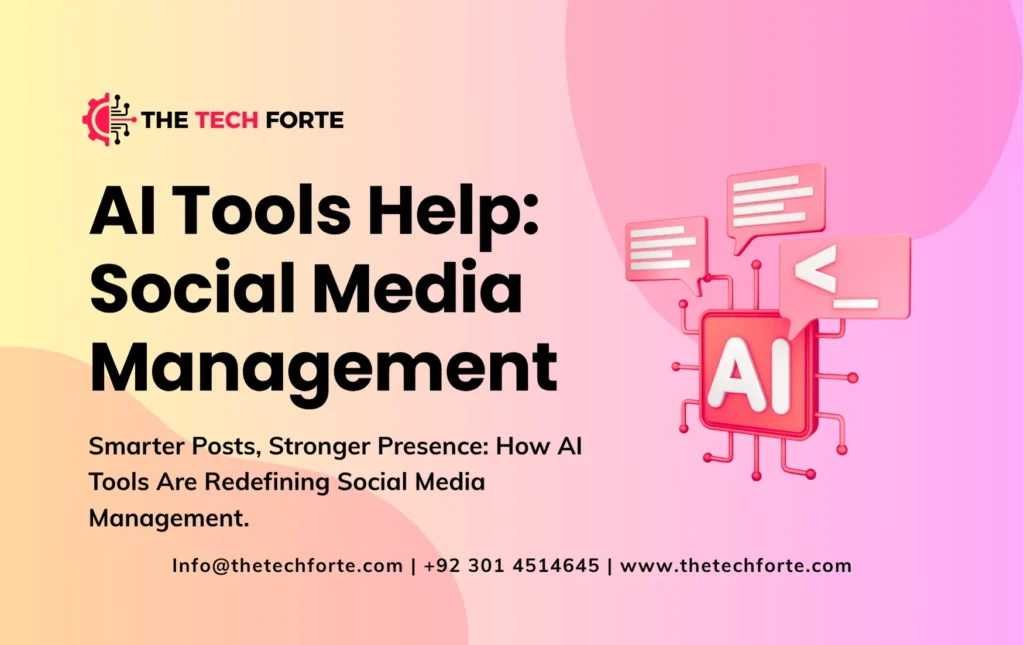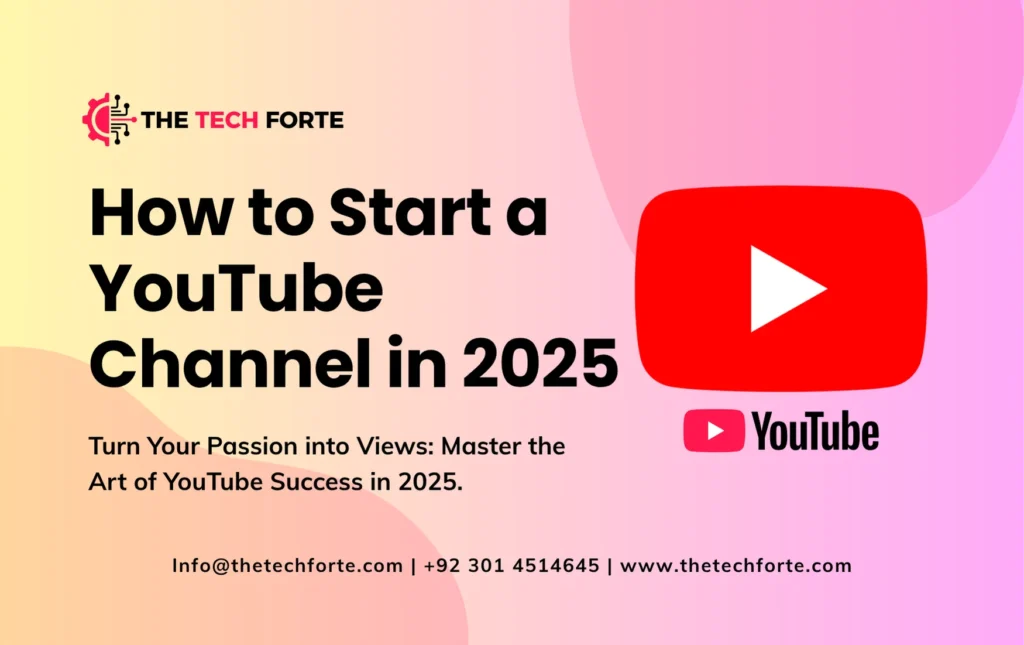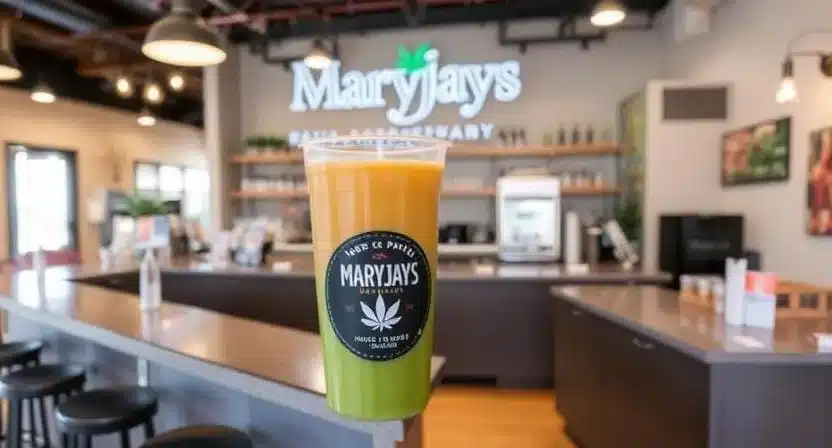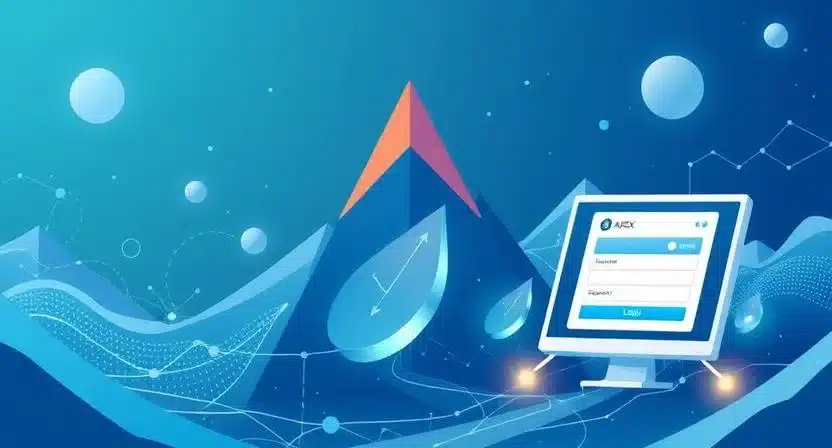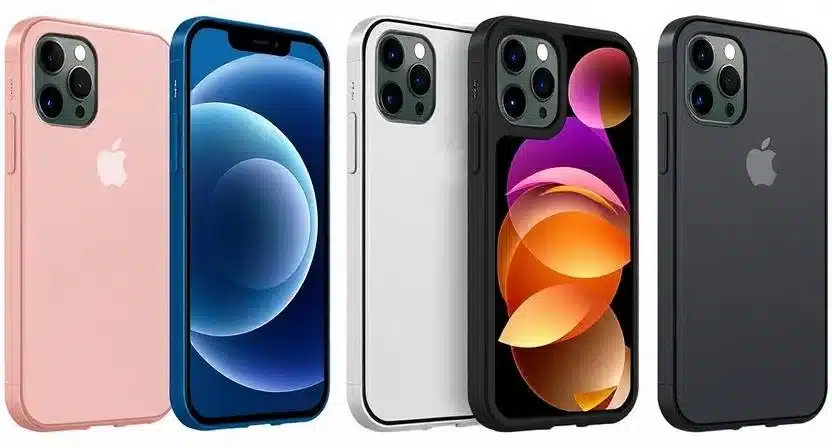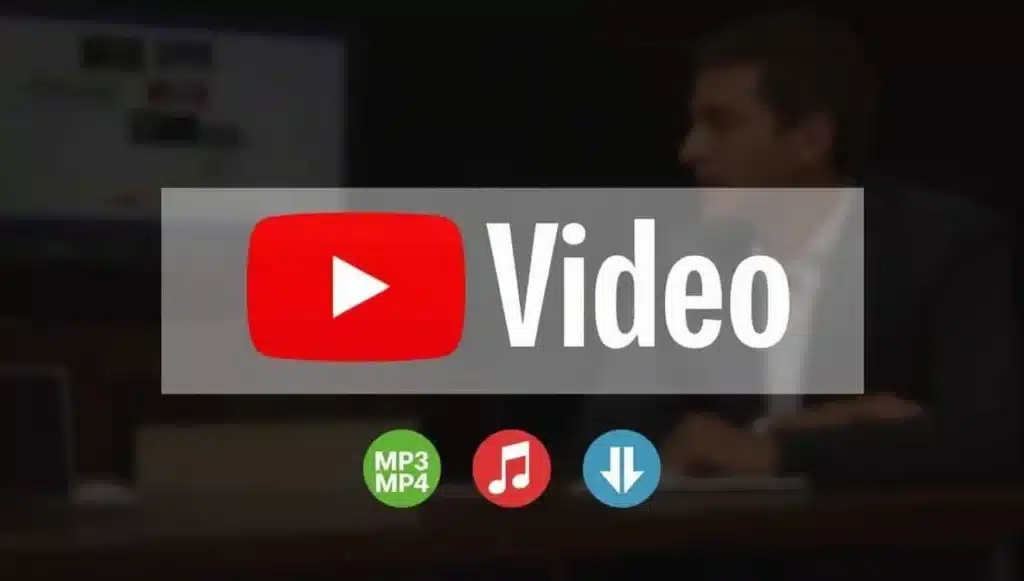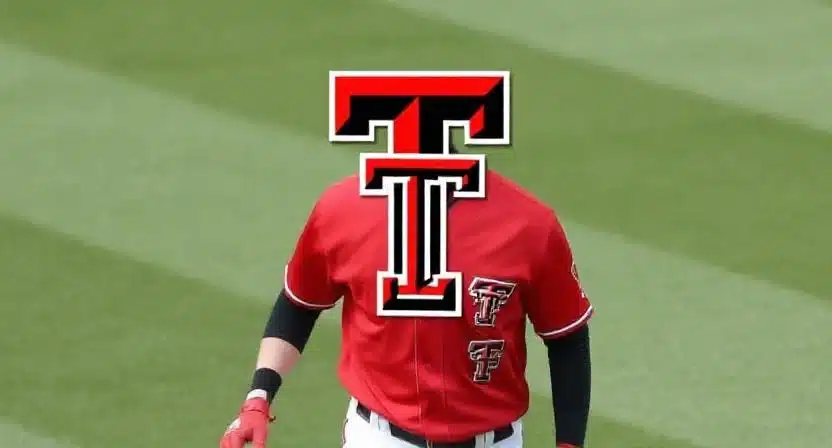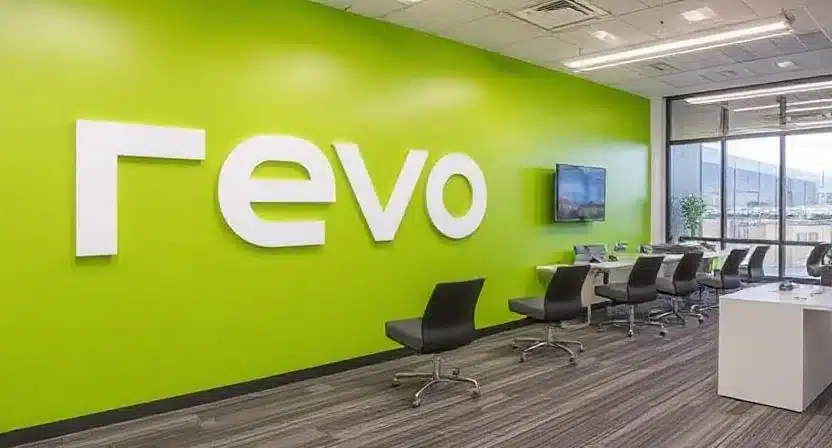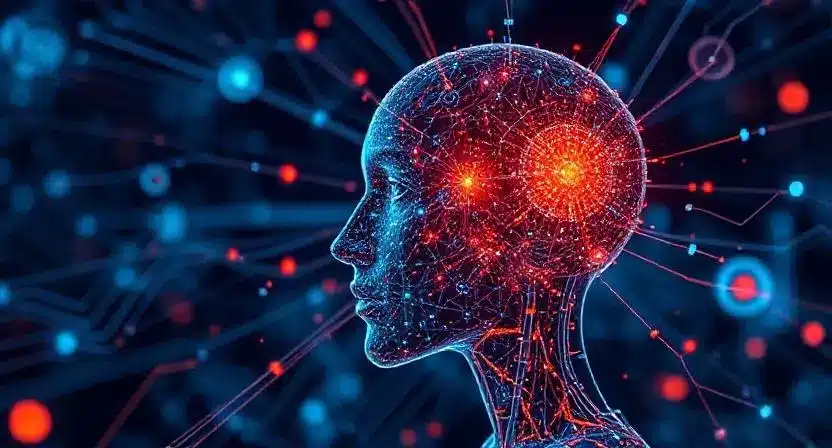OpenAI Expands Sora Video Generator to Android — What This Means for Creative AI in the USA
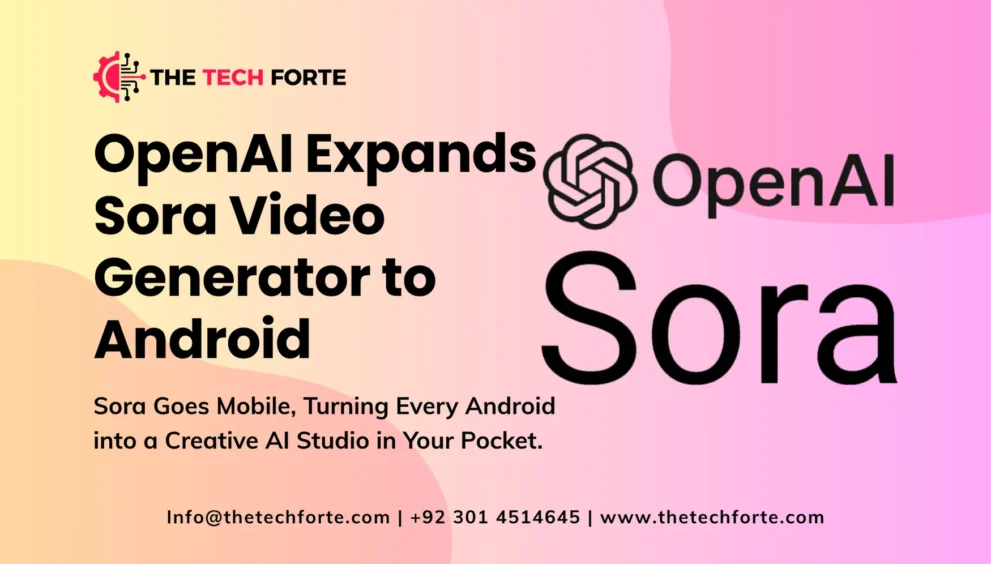
The arrival of Sora on Android marks a watershed moment in generative video-AI. Developed by OpenAI, Sora lets users craft videos from text prompts or images, and with its Android rollout now including the United States, Canada, and several Asian markets, it signals a major shift in accessibility and creative scale.
For U.S. creators, marketers, educators, and brands, Sora’s expansion means that high-end video generation is no longer the preserve of desktop studios; it can now live in the palm of your hand.
But with great capability comes great responsibility: questions around content authenticity, copyright, regulatory compliance, and creative fairness loom large.
In this article, we explore how Sora’s Android launch affects the U.S. creative ecosystem, what opportunities it opens, and what challenges it raises for creators and industry stakeholders.
What Sora Is & How It Works
Sora is a generative video model and mobile app created by OpenAI. The app allows users to input a sentence, upload an image or select a style, and generate a short video scene—complete with motion, sound, dialogue, and editing-style transitions.
Key features include:
- Text-to-video generation: You typify a scene and Sora renders it into visual motion.
- “Cameo” insertion: U.S. users can upload a video of themselves and insert their likeness into generated scenes (subject to consent).
- Styles: From photorealistic to animated or surreal artistic visualizations.
- Mobile optimized: The Android version is built to run on phones, with a streamlined UI and workflow.
In December 2024, the model first became publicly available in limited form; with the Android launch in late 2025, it’s now reaching a much wider user base, including the U.S. market.
The Android Rollout: What’s New & Where It’s Available
OpenAI’s Android release of Sora was announced in November 2025. Key details:
- Initially available in the U.S., Canada, Japan, Korea, Taiwan, Thailand, and Vietnam.
- Listed in Google Play as “Sora by OpenAI” with high ratings and early downloads surpassing 1 million+.
- No longer invite-only in many regions, lowering the barrier to entry for U.S. creators.
- Feature parity with earlier versions: text-to-video, image upload, cameo insertion, remix tools. For U.S. creative industries, this release means mobile-first access to a tool that was, until recently, premium, desktop-centric, and invite-only. The democratization of video generation could have far-reaching effects for how content is created, edited, and distributed.
Why This Matters for the U.S. Creative Landscape
Democratizing high-end video production
Historically, professional-quality video production required cameras, studio lighting, editors, and post-production. With Sora on Android, a smartphone + prompt can stand in for a studio workflow.
This shifts the dynamic for independent creators, educators, marketers, and small brands in the U.S.—they can now generate compelling visuals, motion scenes, and branded content in minutes.
Platform scale & mobile ubiquity
With Android devices dominating market share in the U.S. and globally, Sora’s expansion to this ecosystem broadens its reach dramatically. It introduces video generation to a larger creative pool.
Branded and social-native workflows
Sora’s mobile social feed and remix features mirror TikTok/Instagram mechanics, making it ideal for U.S. social-first campaigns, micro-video ads, and influencer content.
Strategic competitive move
OpenAI increasingly positions Sora not just as a utility but as a platform: by making mobile video generation accessible, OpenAI stakes a claim in the content supply chain. U.S. marketing agencies and production houses must pay attention if they don’t want to be disrupted.
Key Use Cases in the U.S. Market
Marketing & Branding
Brands in the U.S. can use Sora to rapidly prototype video ads, create hero assets for social campaigns or collaborate with creators on branded “remix challenges.”
Education & e-Learning
Teachers, online course creators, and training firms can leverage Sora to generate storytelling videos, scenario simulations, or dynamic visual content without studio budgets.
Social Media Influencers & Content Creators
With the mobile rollout, U.S. creators can generate premium video content on the go ideal for YouTube Shorts, TikTok, Instagram Reels, or collaborative creator networks.
Film & Pre-Production
While not replacing high-end production, Sora offers U.S. indie filmmakers a rapid storyboard and proof-of-concept tool to visualize scenes before shooting.
Internal Corporate Communication
U.S. enterprises could use Sora for internal campaigns, onboarding videos, simulation training, or immersive internal communication, saving time and cost.
Strategic Implications for the Creative AI Ecosystem
A new channel of creative supply
Sora introduces a massive new supply of generated video assets. For the U.S. market, it means more creators, more content, faster turnaround, and potentially downward pressure on boutique production pricing.
Challenges for regulation & rights-management
With U.S. copyright frameworks and likeness rights under pressure, Sora’s ease of generating realistic people insertion (“cameos”) raises complex issues for rights clearance and content governance.
Competitive pressure across platforms
Rivals like Google’s Veo models or Runway’s video tools will now directly compete with a mobile-first, AI-driven app. U.S. agencies and platforms must adapt.
AI ethics & deep-fake concerns
The U.S. creative market will need to wrestle with the misuse of video generation from fake celebrity ads to deep-fake misinformation. Sora’s mobile rollout increases the urgency of safeguards.
Monetization & creator economy shift
For U.S. influencers and creators, Sora offers a new tool but also shifts value dynamics: if top-tier production becomes cheap or free, differentiation may lie in idea, curation, and the distribution pipeline.
Risks, Limitations & Ethical Considerations
Quality vs expectations
While Sora is powerful, it is not flawless. Generated motion, realism, and audio may still contain artefacts, and U.S. professionals must recognise these limitations in commercial use.
Copyright and likeness rights
Sora’s initial versions raised concerns over the use of copyrighted footage and character likeness unless right-holders opt out. This is especially pertinent in U.S. media law contexts.
Deep-fake and misuse potential
Mobile access expands the risk of misuse. U.S. regulators, creators, and platforms must guard against unintended consequences: misinformation, impersonation, or harmful content.
Platform trust & authenticity fatigue
As more content is generated, U.S. audiences may grow sceptical of authenticity. Brands must maintain transparency to preserve trust.
Compute & cost factors
While mobile access is enabled, heavy generation still demands computing and server costs. U.S. developers and creators should budget accordingly.
What This Means for U.S. Creators & Brands — A Playbook
- Experiment early, but plan commercial workflows — Use Sora for ideation, rapid prototyping, and social assets. Then marry with professional production for higher-stakes work.
- Protect rights and identity — If you insert real people or brand references, ensure releases, clearances, and compliance.
- Maintain creative differentiation — As the barrier to creation lowers, your competitive advantage becomes uniqueness of concept, storytelling, and distribution rather than just visuals.
- Leverage mobile + desktop pipelines — Sora is mobile-first, but integration with editing tools and post-production still matters for U.S. brands and creators.
- Stay alert to regulations and ethics — U.S. creators must monitor developments in AI regulation, deep-fake laws, platform moderation, and liability.
- Scale content for social & brand ecosystems — Use Sora to generate multiple variants, customizations, and social formats (vertical, short-form) to support creator-brand ecosystems.
The Future Outlook: Where It’s Headed
- OpenAI plans broader rollout to Europe & Latin America, meaning U.S.-centric creators will need to think global.
- Sora 2 and upcoming premium features promise even greater control, longer generation times, improved realism, and integration with other OpenAI services.
- As mobile video generation becomes mainstream, new monetization patterns will emerge: creator marketplaces, brand-studio co-creation, “remix challenges” and licensed avatar use.
- Ethical frameworks, rights protocols, watermarking, and provenance systems will become mission-critical. The U.S. creative industry may see standard-setting in this space.
Conclusion: A Creative Shift is Underway
With Sora’s expansion to Android and the U.S., the frontier of creative AI is no longer desktop-bound—it’s mobile, democratized, and poised to reshape how video content is created. For U.S. creators, brands, and media professionals, this is both an opportunity and a challenge.
The opportunity: faster production, more creative output, new formats, and direct-to-mobile workflows.
The challenge: rights complexity, differentiation in a sea of generated content, and maintaining ethical standards.
In this new era of AI video creation, success will go to those who combine technological access with strategic storytelling, ethical awareness, and platform savvy. Sora isn’t just another app, it’s a signal of where media creation is headed.





